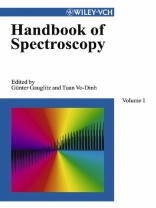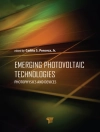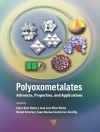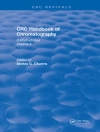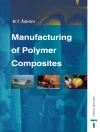This handbook provides a straightforward introduction to spectroscopy, showing what it can do and how it does it, together with a clear, integrated and objective account of the wealth of information that can be derived from spectra. The sequence of chapters covers a wide range of the electromagnetic spectrum, and the physical processes involved, from nuclear phenomena to molecular rotation processes.
– A day-by-day laboratory guide: its design based on practical knowledge of spectroscopists at universities, industries and research institutes
– A well-structured information source containing methods and applications sections framed by sections on general topics
– Guides users to a decision about which spectroscopic method and which instrumentation will be the most appropriate to solve their own practical problem
– Rapid access to essential information
– Correct analysis of a huge number of measured spectra data and smart use of such information sources as databases and spectra libraries
Cuprins
Sample preparation and sample pretreatment
Methods 1: Optical (UV/VIS/NIR/IR/Raman/Luminescence)
Methods 2: Nuclear magnetic resonance
Methods 3: Mass spectrometry
Methods 4: Elemental analysis (AAS/AES/X-ray fluorescence)
Methods 5: Surface analysis techniques
Applications 1: bioanalysis
Applications 2: environmental analysis
Applications 3: process control
Hyphenated techniques (GC-MS, LC-MS, GC-IR, LC-IR, TLC-IR…)
General Data Treatment: Databases/Spectra Libraries
